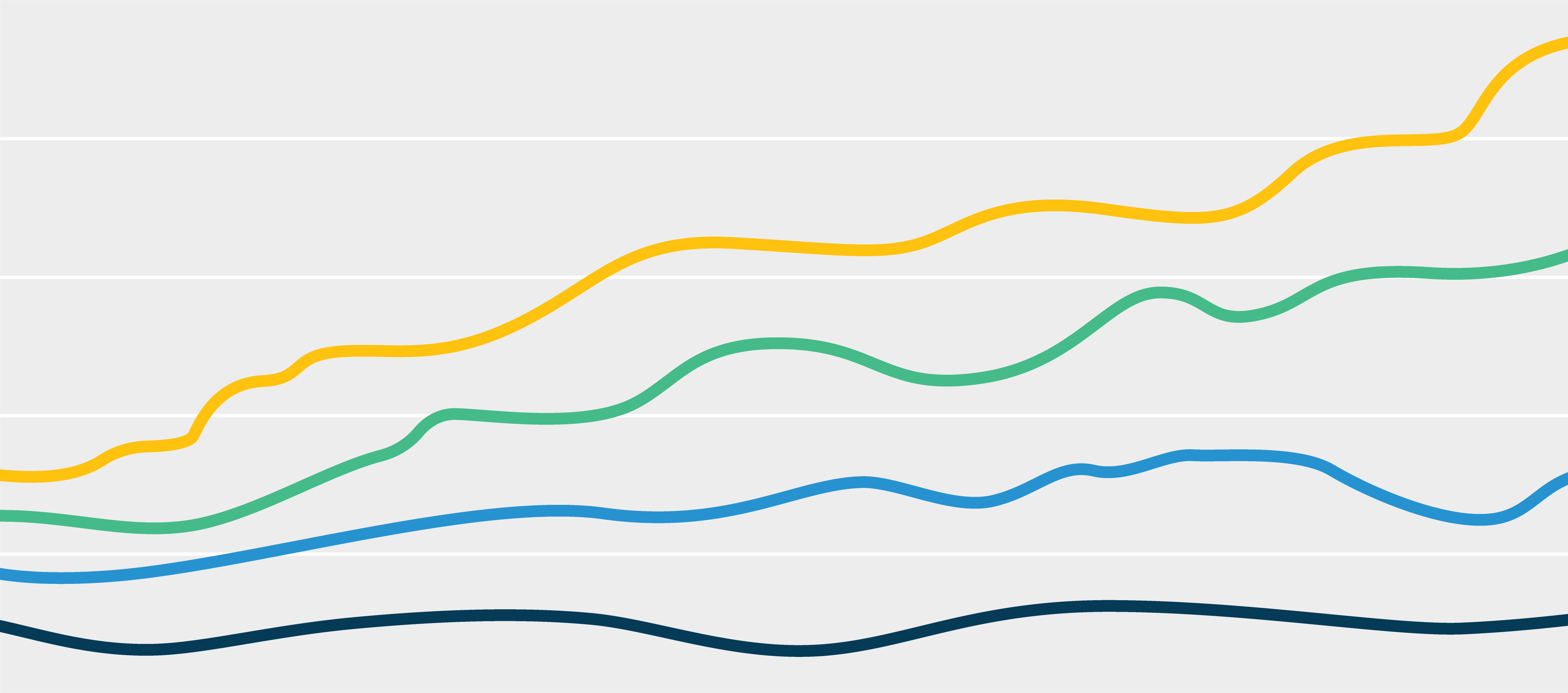
AI is having a big moment in healthcare. But no tool can perform the critical thinking and emotional understanding needed for strategic marketing and communications initiatives.
Read More
Subscribe to Our Thinking, valuable insights for healthcare execs, communicators and marketers.






